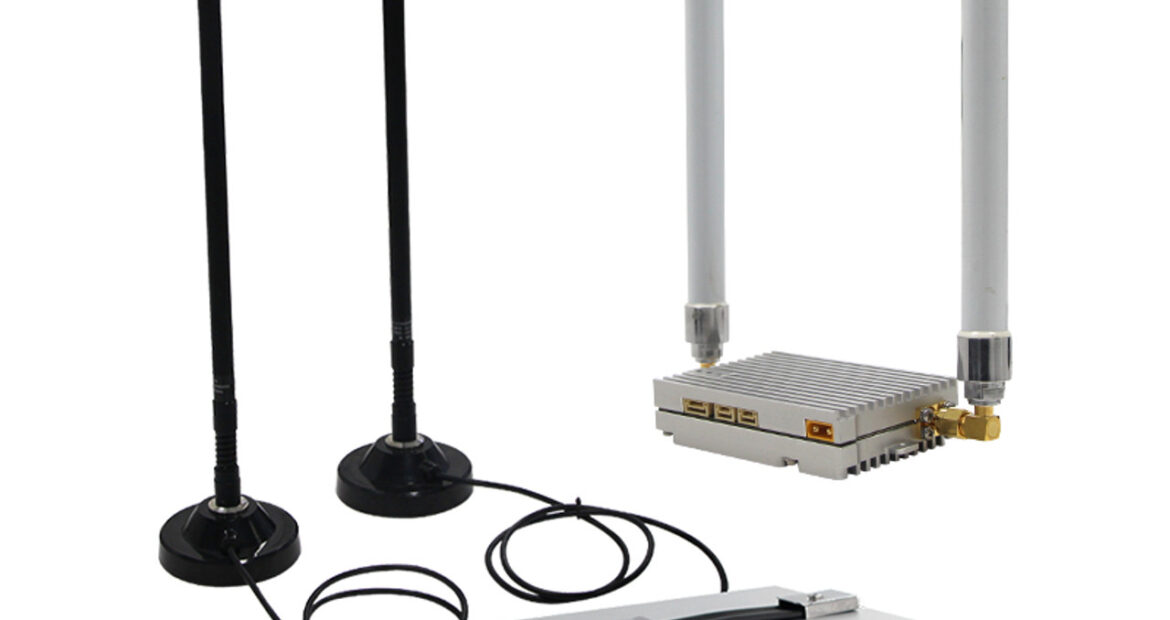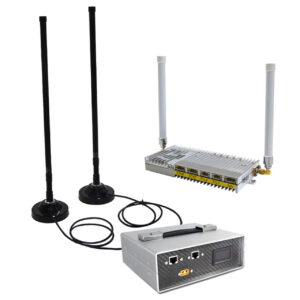Previous post
10 Types of drone transmission

The guidelines for different types of drone transmission range
- Post date: 15 Mar, 2024
- 183 Views
- 0 Comments

The transmission range of a drone, also known as its communication range, refers to the maximum distance over which the drone can maintain a stable and reliable connection with its remote controller or ground station. The transmission range of a drone can vary significantly depending on several factors, including the type of drone, the frequency band used for communication, interference in the area, and the presence of obstacles like buildings or trees. Here are some general guidelines for different types of drones:
Consumer Drones:
Most consumer drones, such as those made by DJI, typically have a transmission range of 2 to 7 kilometers (approximately 1.2 to 4.3 miles). This range can vary based on the specific model and any signal-boosting technologies incorporated.
Professional Drones:
Professional drones designed for industrial or commercial use can often have longer transmission ranges. Some of these drones can communicate reliably at distances of 10 kilometers (6.2 miles) or more.
Racing Drones:
Racing drones, used in competitive drone racing, usually have shorter transmission ranges, typically ranging from a few hundred meters to around 1 kilometer (0.6 miles). The emphasis in racing drones is on agility and speed rather than long-range communication.
Custom-built Drones:
The transmission range of custom-built drones can vary widely, as it depends on the components and equipment used in the build. With the right hardware and modifications, it’s possible to extend the range significantly.
Regulatory Restrictions:
It’s essential to note that drone regulations and laws in different countries may limit the maximum allowable transmission range. In many places, drone operators are required to keep their drones within visual line-of-sight (VLOS) or adhere to specific regulations regarding long-range flights.
Signal Boosters and Antennas:
Some drone enthusiasts and professionals use signal boosters and high-gain antennas to extend the transmission range of their drones. These accessories can help improve signal strength and reliability, allowing the drone to fly farther from the operator.
Always check the specifications and capabilities of the specific drone model you intend to use, as manufacturers provide information about the transmission range in their product documentation. Additionally, ensure that you comply with local regulations and fly your drone within the legal boundaries set by your country’s aviation authorities.

